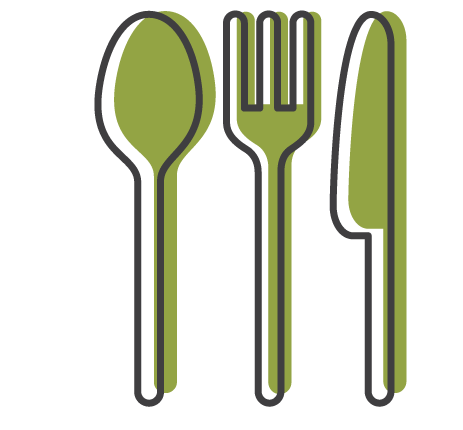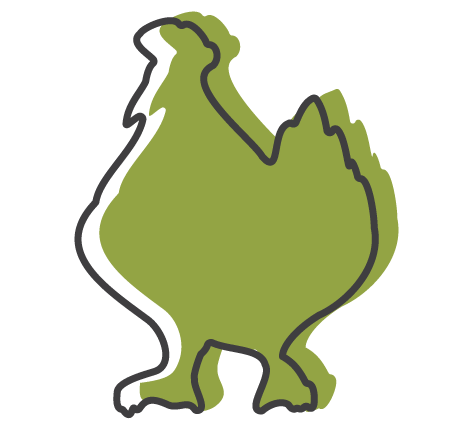Indigenous Foods in Malawi
- Published:
There is an old adage that says “let food be thy medicine and medicine be thy food”. On Wednesday 7 June 2023, faith leaders from our Faith Leader Environmental Advocacy Training (FLEAT) Malawi II group, demonstrated this by selecting indigenous foods in Malawi that have a combination of nutrition and health aspects. Some of them grow in the wild and are slowly being domesticated as well.
The four indigenous foods that the faith leaders highlighted from the regional perspectives are (i) Black Jack, (ii) Hibiscus, (ii) Moringa, and Cassava or the indigenous Tumbuka names, kabata or Chisokono, Chidede, Cham’mwamba. These can be used as both food or drinks depending on the needs of the user and the manner in which it is prepared. These foods are linked to the culture and life of the people living in the region where they are key foods and they are used as part of the large range of foods that are consumed in the areas. The foods have a high concentration of nutrition and also have curative and preventative properties against a range of ailments and conditions. Whilst they are eaten by the entire family for nutrition, they also have targeted medicinal functions for the members of the family.
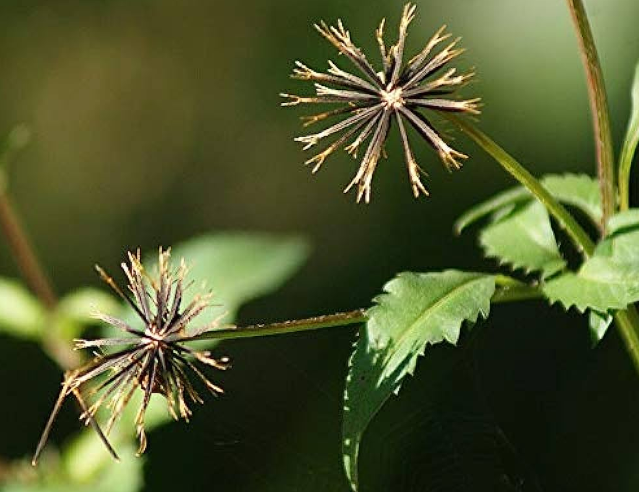 Black jack
Black jack
Black Jack -Kabata or chisokono- grows as a weed but is now being slowly domesticated and is planted on raised garden mounds. It grows fast and it is recommended that the tender leaves are harvested especially when it is supposed to be used as relish and taken with nsima (thick porridge). The leaves can be boiled and used as a beverage. For storage, it may be refrigerated for short periods of not more than a week or slightly boiled and sun-dried. When the intended use is medicinal it should be dried away from the sun and packaged in dry conditions. It is said to help prevent miscarriages and is a source of iron especially good for pregnant women. It also brings relief to ulcers, high blood pressure, and diabetes. The whole plant is used, that is the roots, the stem, leaves, and even the fruits (for treating wounds).
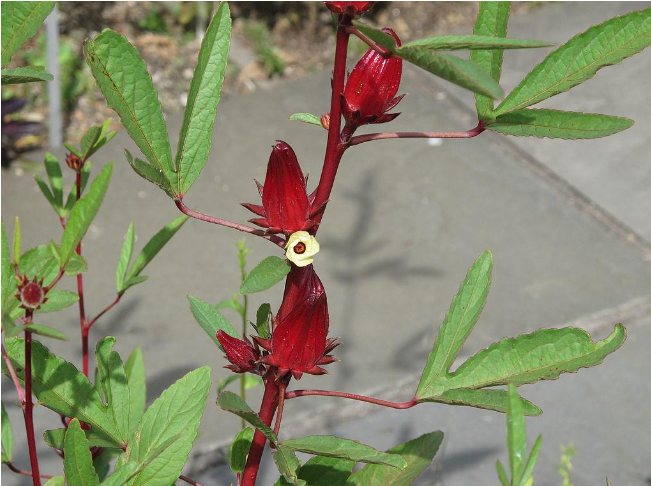 Hibiscus (Chidede)
Hibiscus (Chidede)
Hibiscus (Chidede) is a flowering bushy plant in the mallow family it grows naturally in the wild and as a domestic planted from seeds and takes about a year to mature. Hibiscus leaves are used as a relish and may be used fresh or dried. The flower sepals and petals are used to brew either a hot beverage or iced tea. The hibiscus is said to promote weight loss, fight bacterial diseases, control anaemia, and is rich in vitamin C and antioxidants. It also lowers cholesterol levels.
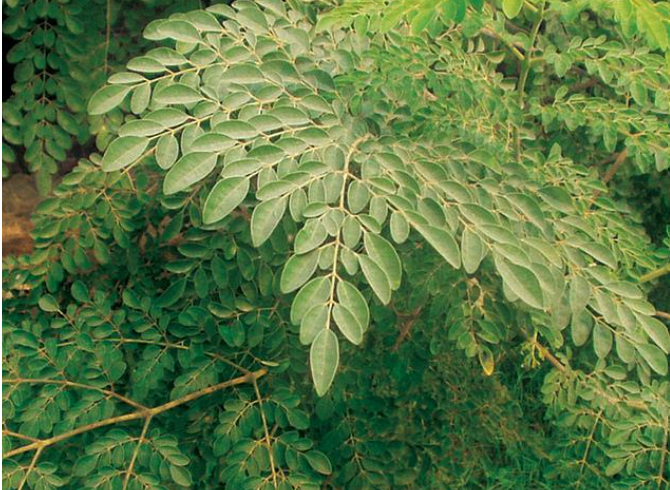 Hibiscus (Chidede)
Hibiscus (Chidede)
Moringa- Cham’mwamba- or Moringa Oleifera. It is grown either from cuttings or from seeds that are directly sown and allowed to grow without transplanting. Moringa favours sandy soils. Moringa leaves, seeds, and pods are harvested for uses that can be industrial, medicinal, and culinary use. Fresh leaves may be dried or refrigerated if they are intended to be used in the short term. Otherwise, the leaves are dried in the shade, pounded, and stored in powder form. They can also be stored in the traditional leaf bag called chikwatu. Moringa has multiple benefits that include cleaning the liver, stabilising mood swings and nervous system disorders, treating diabetes, anemia, sicklecell, preventing kidney stones, and reducing high blood pressure. It is used as a nutritional supplement and also moringa tea that promotes weight loss. It is said to lower cholesterol levels and reduces inflammation. It is also used in industrial processes such as the production of paper and textiles, perfumes, and skin care products.
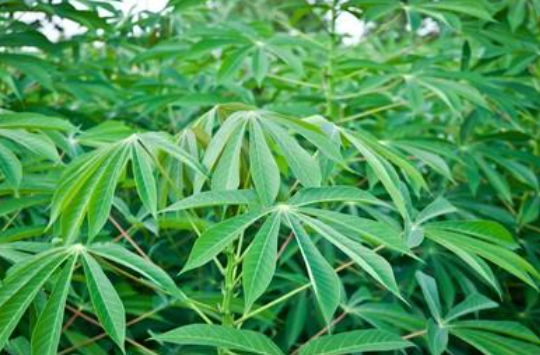 Moringa- Cham’mwamba- or Moringa Oleifera
Moringa- Cham’mwamba- or Moringa Oleifera
Cassava is propagated using stem cuttings and grown on banding and is a drought-tolerant plant. It takes 6 to 8 months to reach maturity and the tubers are harvested for food. It can be consumed as a snack or chips, or when dried and pounded can be used to make nsima (thick porridge) it is rich in carbohydrates and starch. The leaves may be used as a relish while fresh and also used in place of soda known locally as chidulo. Cassava is said to increase blood levels, lower high blood pressure, and treat ulcers and diabetes. The cassava fruit is said to boost men’s reproductive systems.
By Gabriel Manyangadze.
Who we are
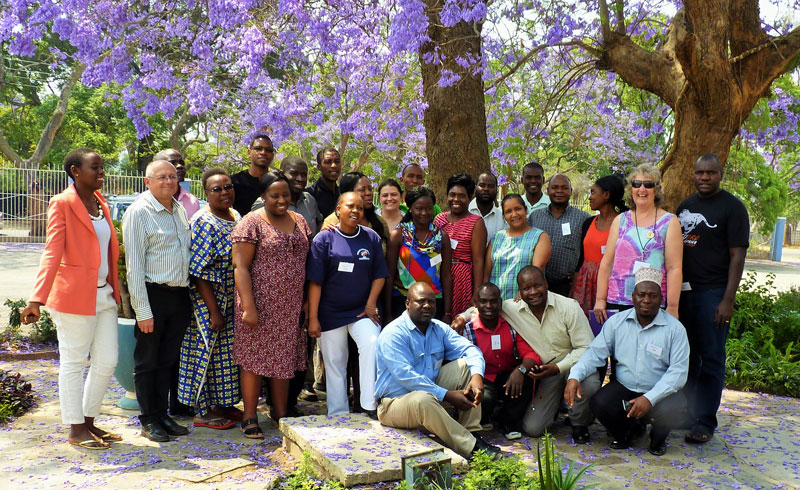
SAFCEI (Southern African Faith Communities’ Environment Institute) is a multi-faith organisation committed to supporting faith leaders and their communities in Southern Africa to increase awareness, understanding and action on eco-justice, sustainable living and climate change.
Featured Articles
-

South Africa: Who Ends Up Paying If DMRE Cooks the Price of Nuclear Power?
-

South Africa’s nuclear energy expansion plans continue to draw criticism, environmental NGOs chew over legal challenge
-

Earthlife Africa and SAFCEI respond to latest unsettling nuclear news regarding the ministerial determination
-

Open Wing Alliance Africa (Virtual) Summit 2023
-

The Green Connection and SAFCEI respond to energy minister's divisive and deflecting comments
-

Job Vacancy: FLEAT Coordinator



